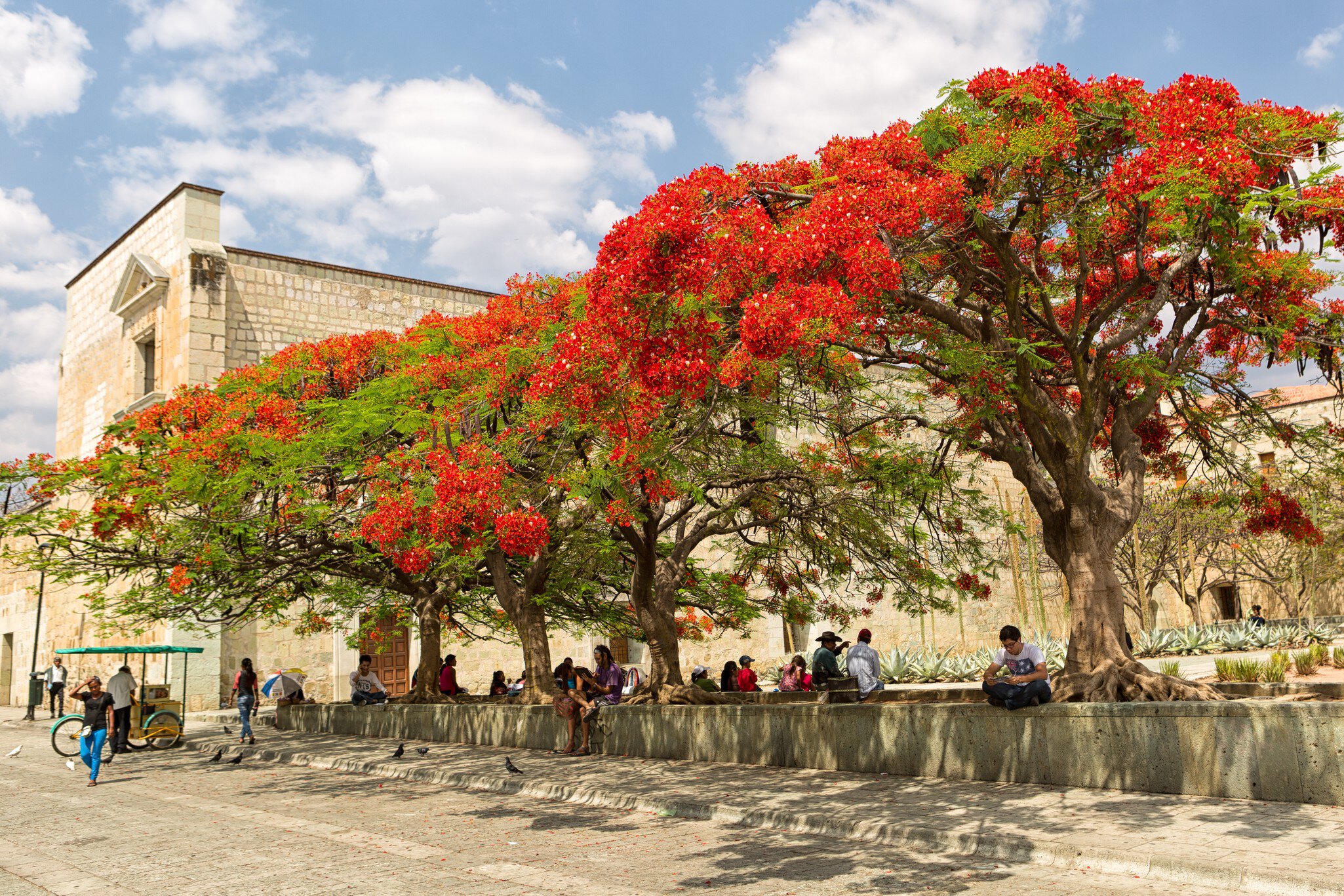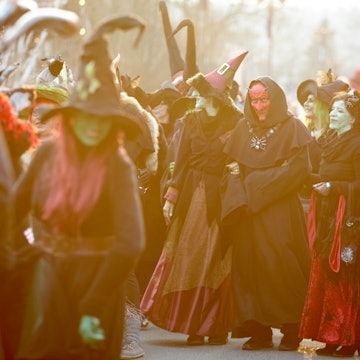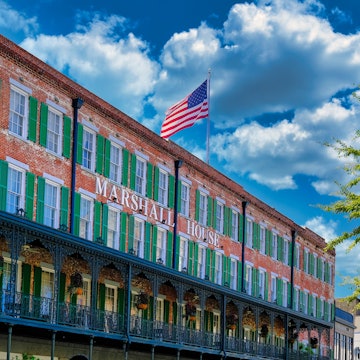

Oruro Carnival in Bolivia is one of the world's best. JeremyRichards/Getty Images
Beads at the ready – Mardi Gras season is in full swing. Taking place between the Twelfth Night of Christmas (January 5) and Shrove Tuesday (which falls on March 4 in 2025), countries around the world mark the holiday with a vibrant season of carnivals.
Cities today celebrate Mardi Gras with flamboyant parades, live music, and over-the-top costumes, but the tradition dates back thousands of years to medieval Rome. First held as a compromise between the Catholic church and ancient pagan harvest festivals, Mardi Gras incorporated the revelry and indulgence of Saturnalia – a huge public banquet with gifts and nonstop parties in the name of Saturn – in a prelude to Lent, the 40 days of fasting from Ash Wednesday to Easter Sunday.
The term Mardi Gras (French for "Fat Tuesday") derives from the custom of using up all the fatty foods forbidden during Lent. As Catholicism spread across the globe from Europe, so did the tradition of Mardi Gras. The celebration would stretch into weeks-long carnivals from mid-January to March, and each culture put its own spin on the Roman customs.
Here are the eight best places in the world to celebrate Mardi Gras in 2025.

1. New Orleans, USA
The earliest Mardi Gras in the US may have taken place in Mobile, Alabama, but it's New Orleans that has become synonymous with the celebration. Since the Louisiana city first hosted the event in 1837, it has taken the festivities to a whole other level. Even before some 1.5 million visitors pack out the streets of the Big Easy, daily Mardi Gras processions pass through various neighborhoods. The main event on March 4, however, follows a route from Napoleon Ave, down Saint Charles Ave in the Uptown neighborhood, and to the edge of the French Quarter.
Part of the fun is catching the small trinkets or “throws” tossed into the crowd by the krewes, the social clubs that organize the parades. These can include beads, snacks, stamped doubloons, or, most prized of all, carefully decorated Zulu coconuts. Travelers should try the king cake, a ring of twisted cinnamon-roll-style dough iced in purple, green and gold, the historic colors of Mardi Gras. The signature dessert of New Orleans has a tiny plastic baby concealed inside it, a nod to the Three Kings bringing gifts for the baby Jesus. Whoever finds the little figurine has to provide the next cake and ensure the party rolls on.
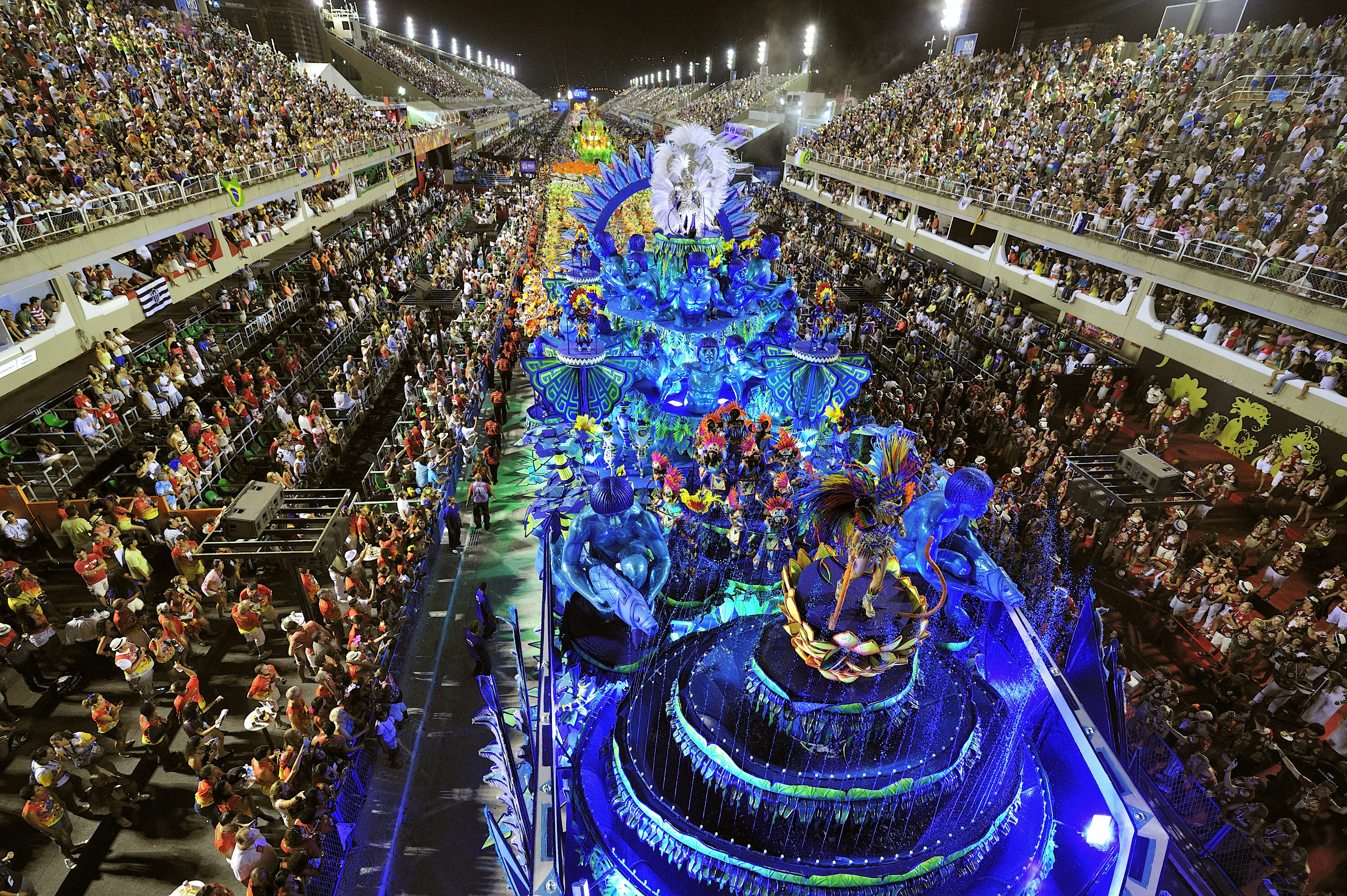
2. Rio de Janeiro, Brazil
The Brazilian edition of Mardi Gras is the world’s largest carnival. A whopping two million people pour into the streets of Rio de Janeiro each year for a major blowout. It comes complete with feathered showgirls, thumping sound systems and sensational samba choreography. Carnival kicks off on February 28 with informal street parties known as blocos. They vary from the child-friendly Gigantes da Lira, filled with clowns and acrobats, to the huge LGBTQIA+ party, Banda de Ipanema, or the Sargento Pimenta, which reimagines Beatles songs in a samba style.
All the events have live music, street food and plenty of dancing. They are also a great opportunity to get close to the action and party for free. However, if you want to attend the official parade at the Sambódromo, you’ll need to buy tickets in advance. As the main event, it features bedazzled costumes, fantastic floats, and some jaw-dropping performances from the top samba schools. There’s also a children’s parade for younger dancers to showcase their skills.

3. Venice, Italy
Lasting from February 14 to March 4, Mardi Gras in Venice tends to be more exclusive than some of the rowdy street parties in other cities. The famous Venetian masks – traditional masquerade face coverings designed to conceal the identity of the wearer and level any societal hierarchy at the parties – are central to the celebrations, which brim with masquerade balls. Visitors need to buy tickets through the festival’s website. The dress code is also more elaborate than elsewhere, and it favors intricate period costumes. However, if you’re only taking in the sights, you can pick up a simple mask at one of the stalls around the city.
Aside from the private galas, there are enchanting boat parades along the Grand Canal at night and free activities in St Mark’s Square, including costume contests, street theater, and the Maria of the Year beauty pageant. The winner is dressed as an angel and will glide spectacularly from the bell tower to the center of the square on a cable, flinging confetti at the crowds below.
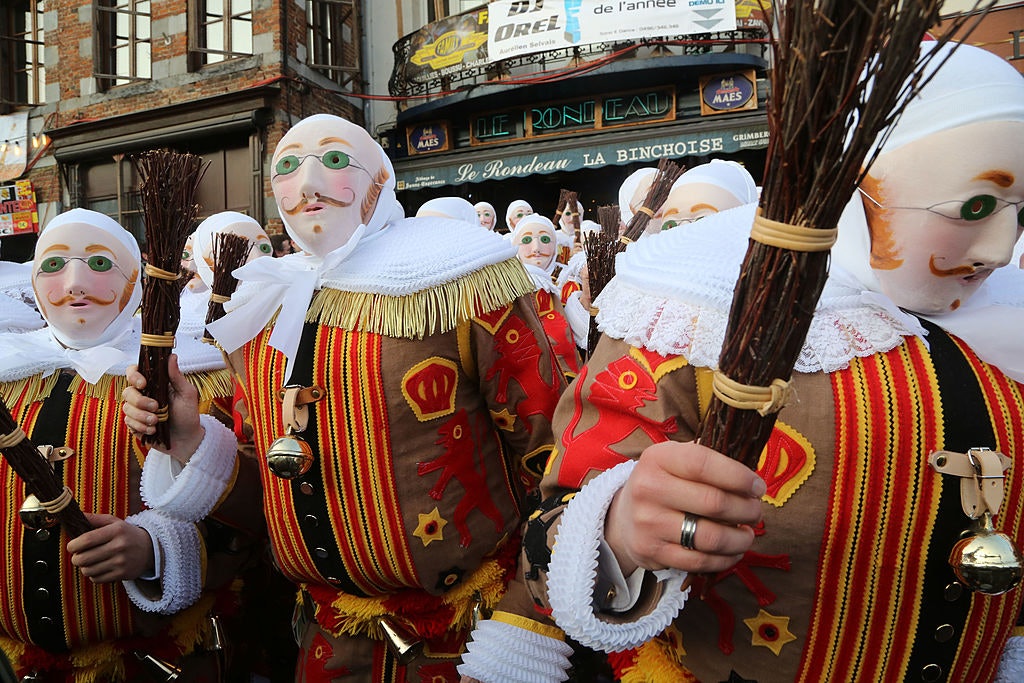
4. Binche, Belgium
Celebrated south of Brussels in Belgium’s Hainaut province from March 2-4, the Carnival of Binche centers on the area’s unique folklore. You may have seen its concluding March of the Gilles, which takes place on Mardi Gras. Local men, dressed as clown-like characters in wax masks, wooden clogs and ornate costumes stuffed with straw, walk to the main square. Here, they don fabulous ostrich-feathered headdresses and give out oranges to the crowd as a symbol of good luck.
Recognized for its cultural significance by UNESCO, the merrymaking actually kicks off on the Sunday before Mardi Gras with a costumed morning parade that features lively music by local brass and clarinet bands. The following day focuses on Binche’s youth groups with a parade, a confetti battle, and a gathering at the Grand Palace that forms the “rondeau of friendship.” At night, there is a fireworks display.
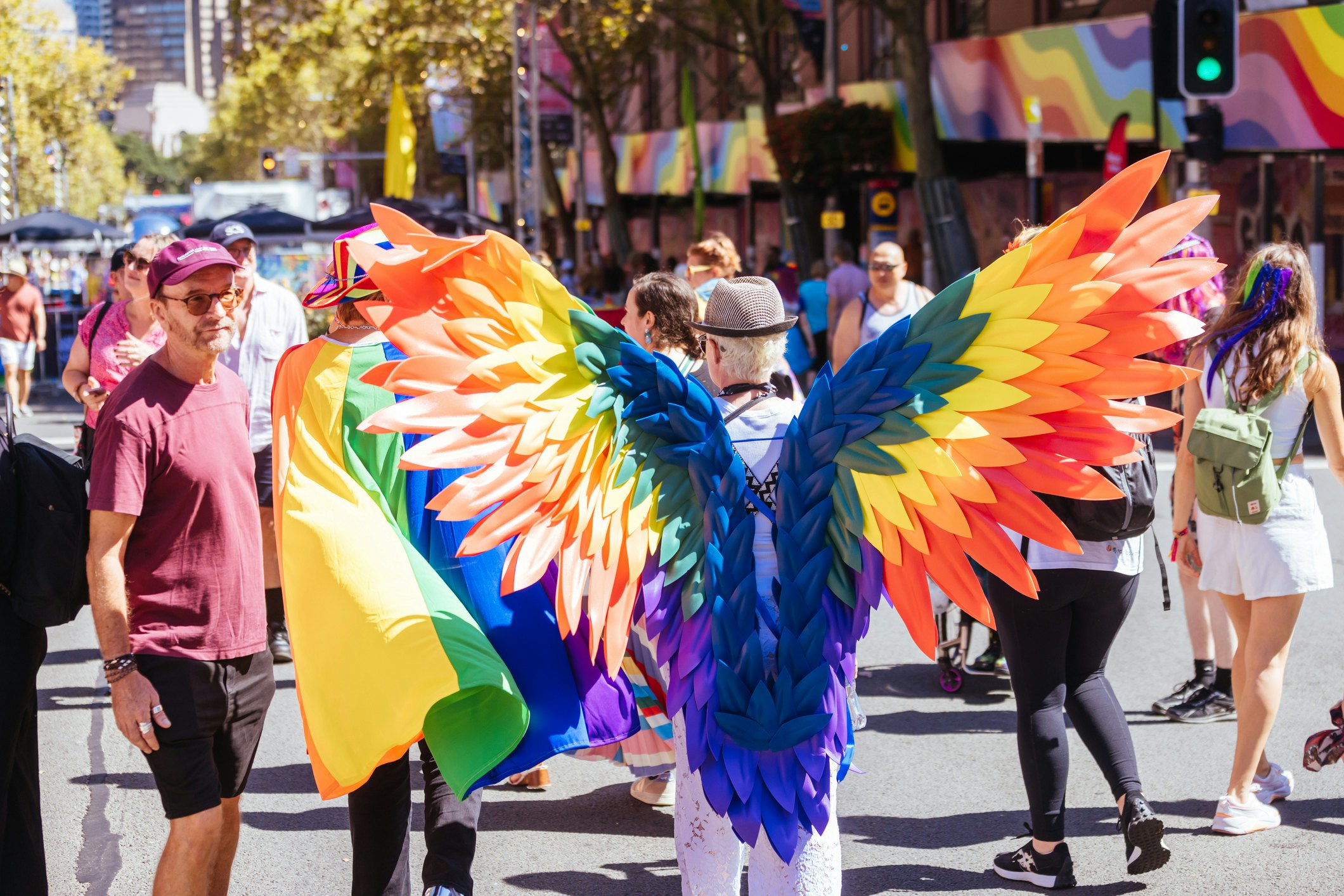
5. Sydney, Australia
In 1978, Australian gay rights activists planned a parade in Sydney to celebrate queerness and draw attention to issues affecting the community. Inspired by the street parties of New Orleans, they referred to it as a Mardi Gras, although it had little to do with pre-Lenten celebrations. Even today, it doesn’t take place on a Tuesday.
With hundreds of colorful floats, glittering outfits and dazzling performances, Sydney Gay and Lesbian Mardi Gras bears many similarities to its international counterparts but runs a little later, from February 14 to March 2 in 2025. This year's event includes a Welcome to Country Smoke Ceremony at Bondi Beach, then a variety of galas, pool parties and drag shows. The official post-parade all-nighter, previously headlined by the likes of Kylie Minogue, Cher and Dua Lipa, has the American DJ Honey Dijon topping the bill.

6. Port of Spain, Trinidad and Tobago
In the 18th century, French colonizers introduced the tradition of Mardi Gras to Trinidad and Tobago. They dressed up and imitated the dances of the Africans they had enslaved, but forbade them from taking part in the festivities themselves. In turn, enslaved Africans in the Port of Spain organized their own gatherings called “Canboulay.” There, they would mimic their masters in “mas” (short for masquerade). Some of the more popular characters still return today, such as Dame Lorraine, who parodied a rich planter’s wife.
Following the emancipation of enslaved people in 1838, Canboulay became louder and more defiant. As a form of resistance, it withstood numerous attempts to shut it down. When the French colonizers outlawed drumming, participants used bamboo sticks and later steel pans to make music. Calypso and soca music with steel drums grew out of these times and are still played today. Stick fighting also still takes place. Attendees still play mas: each of the masquerade bands has a chosen theme for the parade. Visitors can even join in by signing up for a mas band and buying the group’s extravagant costumes.
Numerous ticketed parties known as fetes take place in the Port of Spain in the weeks leading up to and during the weekend of Carnival from March 1-4. You can also ditch the finery for J’Ouvert, when revelers assemble at 4am on Shrove Monday and watch the sun rise while pelting each other with mud, paint, water, and clay. Prepare to get dirty.
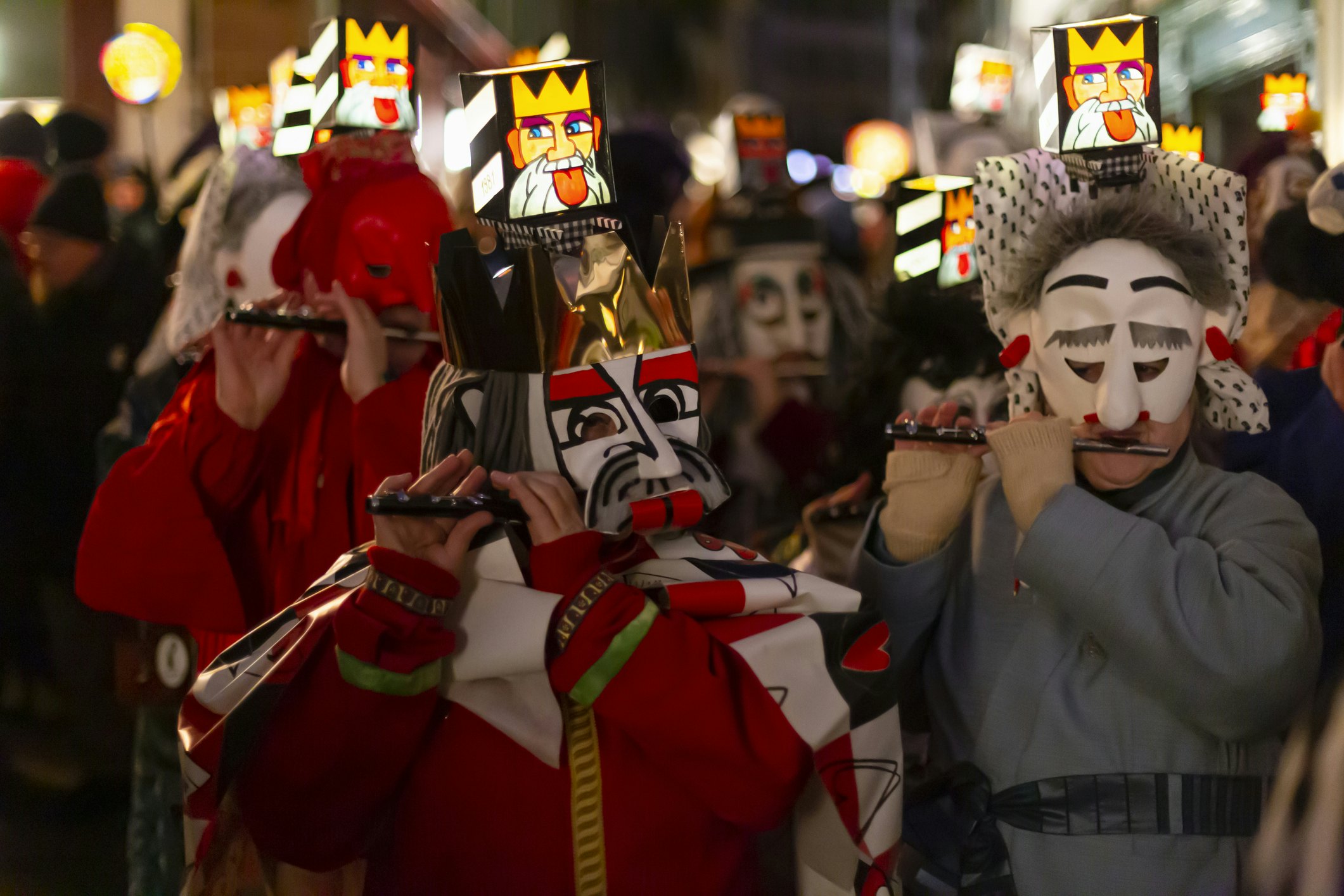
7. Basel, Switzerland
Fasnacht, the Swiss carnival, is on UNESCO’s Intangible Cultural Heritage list for its focus on social and political issues. Likened to a satirical magazine come to life, it begins in complete darkness on the Monday after Ash Wednesday (March 5 this year). The early morning procession, the Morgenstreich, starts at 4am. All public lighting along the route is switched off, and beautiful hand-painted lanterns illuminate the streets instead. Afterward, people load up on a breakfast of onion-and-cheese tarts or Mehlsuppe (a hearty beef broth, brown onions and toasted flour soup) before taking a closer look at the lanterns – put on display at the Munsterplatz for the rest of the festival.
Basel Fasnacht runs for exactly 72 hours, winding down at 4am on Thursday, but before that, two massive street parades, called cortège, take place on Monday and Wednesday afternoons. Some 10,000 participants present their themed costumes in groups or “cliques,” alongside floats, brass gugge bands and horse-drawn carriages. Be warned: cliques take their costumes very seriously and organizers advise spectators not to dress up. Instead, show your support by picking up a blaggedde, a brooch-like badge that has a different design each year.

8. Oruro, Bolivia
The small mining town of Oruro is the folklore capital of Bolivia. Each year (February 22 to March 4 in 2025), it welcomes up to 400,000 people to its annual carnival. The Mardi Gras event honors the Virgin of the Candelaria del Socavón (better known as the Virgen del Socavón, the patron of Oruro miners). She is said to have helped a fatally injured bandit – known for stealing from the rich to give to the poor – miraculously reach his home to die.
The festivities center on dancing as a faithful retelling of cherished folk tales. Featuring 48 groups of dancers and musicians, they repeat the same routines each year. Starting at 7am, the demonstration follows a 4km route from Bolívar St to the Socavón cathedral in the town center. The entire display lasts for more than 20 hours. The standout dance is the Diablada, the dance of the devil. Led by Lucifer, in a horned, papier-mâché mask, it depicts the battle between good and evil across seven acts, accompanied by marching bands. Water fights are common at the carnival, so pack a rain poncho as you’re likely to get struck by a water balloon or sprayed with a can of foam. You may even find a bucket dumped on your head from the balconies above. Afterward, get yourself a refreshing glass of chicha, the nation’s tart, corn-based fermented drink.



